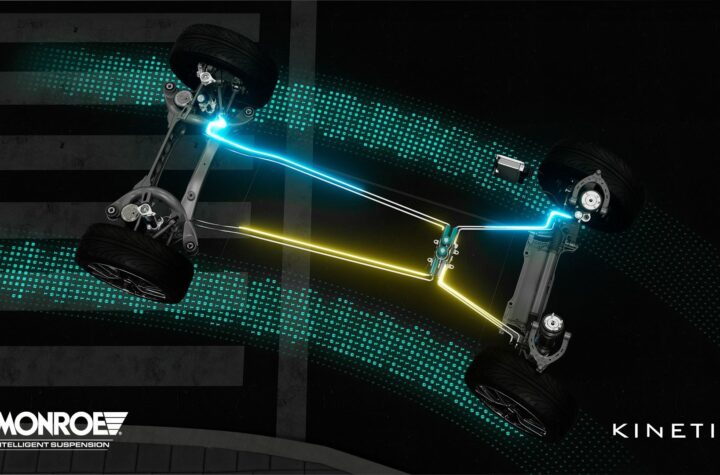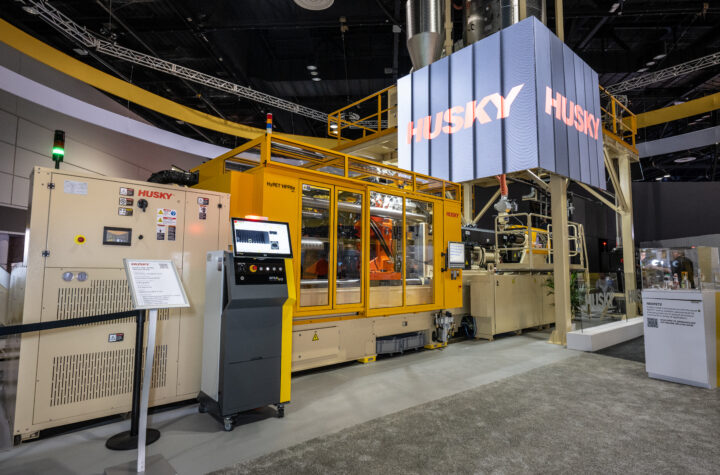
Texas Instruments Incorporated is a trusted semiconductor manufacturer for a broad range of industries, and has provided automotive solutions for more than 20 years. Today, TI’s analog and embedded processing solutions help customers develop automotive applications including infotainment systems, power management, battery operations, communications and automotive vision control. Additionally, TI provides radio frequency identification technology (RFID) products used in the automotive industry.
Late last year, TI launched its TMS570F microcontroller (MCU) which was the industry’s first ARM® Cortex™-R4F processor-based floating point, lock step dual-core automotive MCU. Based on two Cortex-R4F processors, the TMS570F MCUs were designed specifically for applications required to meet the International Electrotechnical Commission (IEC) 61508 SIL3 or ISO26262 ASIL D safety standards.
Automotive Industries spoke to Curt Moore, General Manager, AEC-Automotive Business at Texas Instruments.
AI: What are some of TI’s targeted in-vehicle applications and embedded processor solutions?
From an MCU perspective, TI has been delivering solutions for automotive applications for more than 20 years. As one of the very first ARM licensees, our ARM7-based TMS470 MCUs are designed for safety critical applications such as anti-lock brakes, airbags and instrument clusters. Similar to the new TMS570, these previous solutions were highly integrated 32-bit flash-based MCUs with key focus on automotive safety and performance. Building on the success of our ARM-based processors in automotive and wireless handset markets, over the last eight years, TI has actively delivered in-cabin entertainment solutions for premium audio, audio/video playback, telematics and digital radio. These solutions leverage TI’s leadership in programmable DSPs as standalone processors as well as highly integrated SoCs that include an ARM general purpose processing (GPP) core, DSP core and automotive infotainment-oriented peripherals. The combination of GPP for network and User Interface functions with a programmable DSP for audio, video, speech and radio is found in many entertainment and communication and automotive devices.
AI: Tell us more about TI’s family of infotainment semiconductor products?
Our infotainment processor portfolio includes several SoCs that combine code compatible, scalable ARM GPP with TI’s popular C64x+™ DSP core. Since software effort dominates customers’ development costs, we deliver a common, compatible software platform with a broad range of features and pricing to enable developers to leverage their engineering investment and deliver a wide variety of products.
TI’s unique automotive grade, well-known C64x+ DSP core in the SoC is supported by a broad library of software solutions common in infotainment head units including: AM/FM, HD Radio™, Digital Audio Broadcast (DAB), audio post processing, and compressed audio encoding/decoding, as well as hands-free speech processing and video decoding. The libraries work well together so they no longer run as independent processor subsystems, saving time and money.
AI: What are some of the challenges you see facing infotainment systems developers today?
The biggest challenge is pretty clear – matching the consumer electronics experience and innovation cycle with the lengthier automotive product development cycle. The rapid adoption of new infotainment technologies outside of the vehicle makes it difficult for automotive planners to forecast the features that will be desired by the time products go to production.
Also, PNDs, PMPs and smart phones have raised consumer perceptions of a compelling user interface by introducing features like touch-strokes, menu animation and speech activation capabilities. Automakers are further challenged by the value delivered by these devices when compared to in-vehicle integrated systems dollar-for-dollar. In addition, consumers now expect the vehicle to adapt to these devices and enhance the driving/riding experience.
AI: So, what are automotive infotainment planners and developers to do?
We think that the new “consumer-adoption paradigm” requires a re-thinking of system architectures and system capabilities. Past objectives of infotainment system designs need to be questioned. How can the development costs to support these new features be reduced and time-to-market improved? How much of the total cost of ownership really comes from the hardware design? Can current consumer platform technologies even be applied to the automotive context? Can re-using those technologies solve this problem?
TI believes that the automotive infotainment industry needs to break the prioritized focus on infotainment hardware BOM costs. This mindset has led to ‘over-thrifted’ system designs with little to no opportunity to add features. The inability to grow the feature set without changing hardware results in a less compelling product and, ultimately, lost revenue. The ability to extend product lifetimes by incrementing features without changing hardware delivers a greater return on the development investment. These last two points need significant consideration during the automotive planning process.
AI: So, how are product planners supposed to future-proof their systems?
We think it’s much more than just selecting faster SoCs and larger memories than required to satisfy the initial system specifications. A software strategy that supports rapid, new consumer technology adoption and upgradability must also be adopted to enable a truly future-proof product line. Presently, market initiatives strive to reduce software development costs through familiarity, openness and re-use. Further, they push to abstract the hardware and software thereby increasing competition among software and chip suppliers to further reduce cost. MSAuto, GENIVI and now the Audi-EBI joint-venture all deliver familiarity since they are based on WinCE, Linux and QNX, respectively. As OEMs line up behind their preferred software architecture, Tier One automotive electronics suppliers may, indeed, find re-use across products when supplying that specific car maker. However, if the Tier One is not able to invest in support for all architectures, their serviceable infotainment market will shrink. I think many people are anxiously watching to see how this drama unfolds.
AI: What role does TI play in the GENIVI infotainment alliance? How do your infotainment solutions fit in to the alliance’s scheme of things?
When you look at the GENIVI vision – “a common software architecture that is scalable across product lines and generations” – you can’t help but notice that it parallels what we have been talking about today. Simply exchange the word “software” with “hardware” and this vision statement would describe TI’s own infotainment vision.
Furthermore, when you map the use cases that fall into the scope of GENIVI onto TI’s product portfolio, you see we can address them and provide a single SoC solution. Certainly, there are a number of GPP based solutions on the market that can address internet connectivity, navigation, and HMI, and even video with the help of hardware acceleration, but it is the addition of the DSP that truly differentiates. This opens the door to further integrate, not only digital radio, but also traditional AM/FM radio all on one SoC. So, we think TI’s unique role is to use our DSP technology to provide more highly integrated IVI solutions that scale across the low, mid and high-end GENIVI-based applications.
AI: What are some of the breakthrough technologies TI is working on for the automotive industry?
The anticipated dramatic increase in adoption of digital radio broadcast technologies is very exciting for TI. The French legislation mandating DMB-Audio support is one of the drivers. Our solution uses the DSP core as the software-based radio digital baseband capable of receiving AM, FM, RDS, weather band, HD Radio, DAB, DMB and/or DRM. It significantly reduces the system cost when compared to how HD Radio and DAB are being included today.
The soft radio baseband solution will soon be married to an equally innovative tuner front end capable of receiving any of the aforementioned broadcast technologies and tune to long-, medium-, and short-wave, FM, Band-3 and L-Band. This combination of TI tuner, TI SoC and TI software is compelling because it makes a true “World Radio” commercially viable for the first time. That is, a single hardware design, or a single manufacturing flow can support the analog and digital regional broadcast standards, simply loading different firmware. For example, the same radio hardware that is shipped to Europe supporting FM and DAB could also be shipped to North America but supporting FM and HD Radio™. Our customers benefit through reduced hardware and software development, faster time to market, fewer components, reduced logistics, improved inventory and, most importantly, reduced system cost.














































 ISM – Manufacturing - September 2009 - Manufacturing industries index edges lower
ISM – Manufacturing - September 2009 - Manufacturing industries index edges lower



